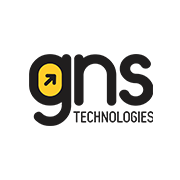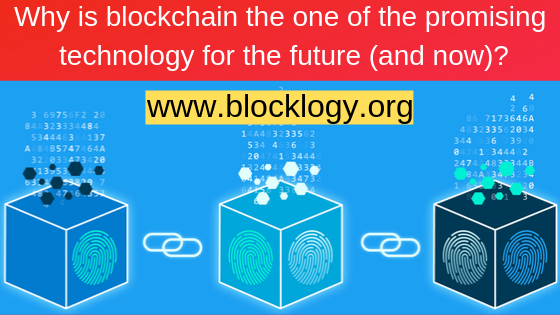The blockchain is globally considered as one of the most secure ways for storing and transferring digital information but how do you determine the security of blockchain or find out whether it is secure enough for your systems? Let’s discuss.
The security of Blockchain lies in its ability to ensure transparent, immutable and tamper-proof transactions. This is managed by the various characteristics of blockchain, such as Decentralization, Cryptography and Consensus. So, the security aspect of a blockchain can only be understood in the terms of these features.
Decentralization – A single distributed ledger of transactions
Traditional ways to store and transact information are mostly centralized. Such a system maintains a single centralized copy of the transactions performed through the system. Since the entire system is in control of a single entity, there is a high probability of fraud in transactions as the centralized copy is easy to access and modify. Also, informing all the users of the network about every change or update is a time-consuming and costly matter.
Blockchain provides a solution in terms of a decentralized network where a copy of the same information is distributed among all users of the network. Each new transaction or change is verified by the network before it is added to a new block in the chain. The benefit is that even though the transactions are public, they are not easily mutable. In order to update a transaction, each copy of the ledger with each node must be updated simultaneously. Therefore, each node/user would know about every change and can immediately spot a fraud transaction or error.
Cryptography – Complex algorithms to divert attacks
We all are familiar with the term cryptography. It involves mathematical algorithms designed to identify and prevent attacks. So, what’s so great about blockchain cryptography?
You might be wondering by now that how the information and data in a blockchain are protected against threats like cyber attacks. This is where cryptography comes in. Data on a blockchain are protected through complex crypto algorithms. Each new transaction in the network is hashed, or in other terms, masked to hide its original identity. This is done via a predefined cryptography algorithm which converts the input value in a totally random string of a fixed length. This is then added to the blockchain.
In order to access hashed data, the user will require the public-private key combination that was used to encrypte that information. The private key of each user is also encrypted into a public key which is visible to other users who want to send/receive data with that user.
The great thing about cryptography is that the information once encrypted or hashed cannot be reverse engineered. This is how information is protected on a blockchain.
A perfect example of a blockchain-based secure marketplace ecosystem is Era Swap Ecosystem, which employs very secure hybrid blockchain to protect user transactions on the platform. It utilizes the Ethereum (ERC20) blockchain to manage public transactions and the hyperledger/Quorum blockchain for internal transactions. The benefit is that all the transactions on the Era Swap blockchain are completely secure, protected and transparent.
Download: https://play.google.com/store/apps/details?id=com.blocklogy.appp
Visit: http://www.blocklogy.org/




